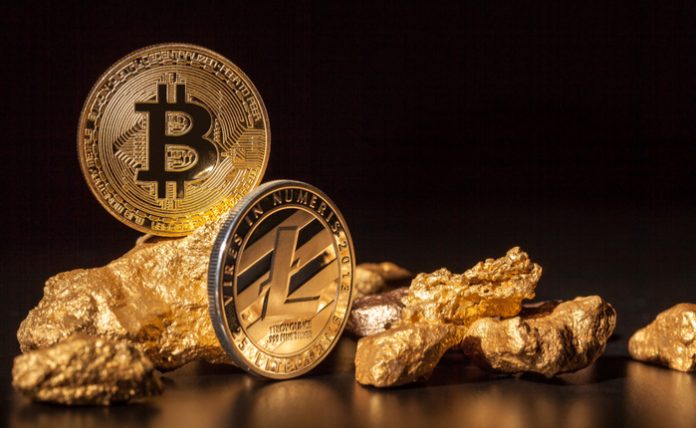Will blockchain eventually be used for precious metals? How about a “digital gold” option that we can essentially hold in our pockets when we go shopping?
According to a recent interview in Kitco with Peter Grosskopf, CEO of a global asset management firm called Sprott, that’s likely to be the case.
In talking about the utility of gold, Grosskopf suggests that the marriage of new blockchain technology with this traditional physical commodity is a match made in heaven.
Essentially, Grosskopf suggests that putting digital gold on a blockchain will liquidize physical gold as an asset, and allow gold to be a more effective real-time medium.
In the interview, the Sprott exec contrasts how a new system would work with the traditional criticism of digital gold in the context of traditional paradigms.
“I think it was quite realistic to criticize gold because you weren’t gonna go to a gas station and pay for your fill-up with gold coins,” Grosskopf said, according to reporting by Marie Huillet at Cointelegraph. “But now, when gold can be digitized, put on the blockchain — moved around very easily, quickly, low cost between financial accounts, and it will even be used as a payment metric. There’s gonna be cards coming out where you can use your gold to pay for things, including foreign purchases when you’re traveling.”
Looking at it one way, this idea of digital gold is rather remarkably like our current banking systems – where physical cash is tied to a personal credit or debit card with its unique number and magnetic stripe, blockchain gold would tie the gold commodity to a method of immediate payment, or a merchant service, if you will, that would allow people to buy and sell in a very different way.
One benefit? Digital gold can’t be hacked – at least, not in the way that some tokens and other fiat assets can be.
Eager analysts also point to the traditional value of gold and its stability in markets.
“The market value of gold remains more stable than other metals,” wrote a Goldmint analyst on Medium in a 2017 piece detailing the unique importance of the element in historic trade. “When other currencies are weak, gold value usually increases. One of the most told use-case stories is that people during the times of war or natural disasters often return to using gold pieces to pay for life necessities. In other words, when other currencies have no more value due to political, social, and economic uncertainties, gold remains valuable and is the most respected item for bartering.”
In response, some analysts contend that we already have this kind of functionality with gold exchange traded funds or ETFs, which allow for intra-day trades. However, those proponents of Grosskopf’s idea would say that the blockchain gold would be a very different choice.
Where ETFs generally require traders to sign on to a brokerage account and buy and sell that way, a theoretical digital gold card system would make gold a fiat medium for all of those many transactions that take place on the street.
Look for more as the world starts to adjust to new blockchain and cryptocurrency capabilities.










